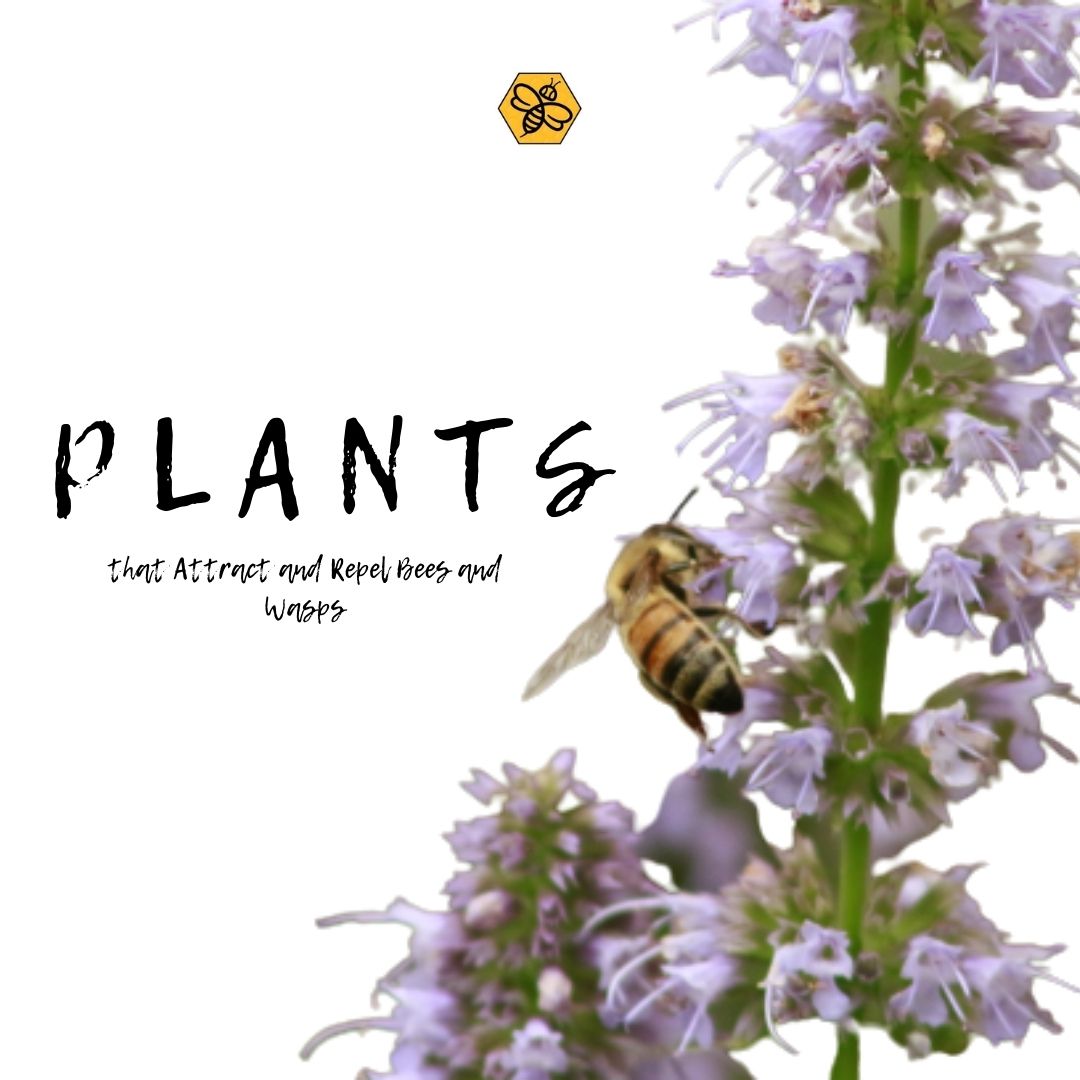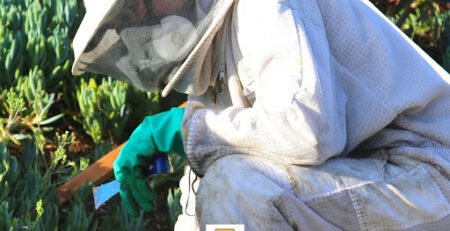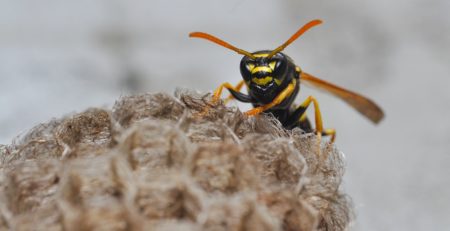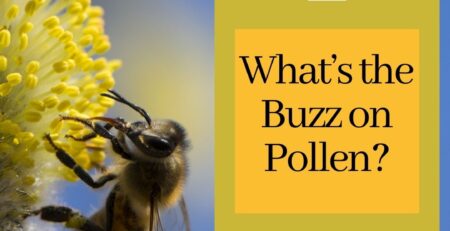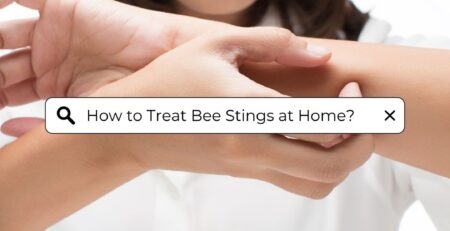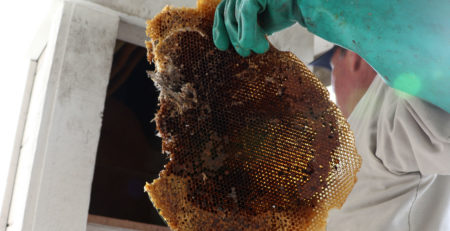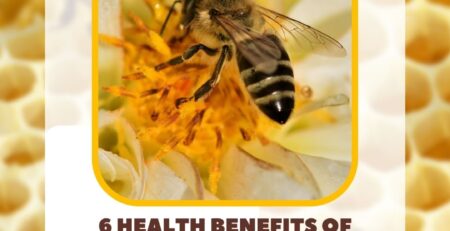The Plants that Attract or Repel Bees and Wasps
Are you constantly getting harassed by bees and wasps? Are you getting tired of them continually harassing you near your home? Well, then perhaps there are proactive steps that you can do to keep them from constantly wanting to get near your house by removing what draws them there in the first place; removing the flowers. However, keep in mind not all flowers need to be removed from your home, just the ones that are most likely to draw these insects to your home in the first place. Thanks to the info provided by bee and wasp removal specialists, we can determine which flowers and plants will attract these insects the most so that you can limit how often they go near your home.
What Plants Attract Bees?
Anise Hyssop
Most people often don’t understand that bees want to look for plants or flowers in full bloom to get the most nectar out of them as they can. Such reasons are why the Anise Hyssop is one of the most popular plants for bees because this plant is rich in nectar, and the nectar that is harvested on these plants will often make sweet honey. Plus, given its shape, the Hyssop can feed several bees at once and can do so for a long period because of its lengthy bloom.
Black-Eyed Susan
This particular classic flower is so popular for bees because of its golden-yellow colored petals. You see, bees tend to get attracted to bright colors. They’re relatively common and can be easily pollinated because of how widely the flower opens up, thus making their mission of helping the hive all the easier to accomplish.
Marigolds
If you’re looking for a flower that will repel bees, marigold is the flower for you, according to a local bee removal expert. You see, marigolds are double flowers, meaning it’s going to be difficult for bees to reach the pollen in the plant, which is made even more unattractive by the fact that marigolds don’t even have much pollen. On top of all of these issues, the flower also releases an odor that’s very much unattractive to bees, warding them off further. In short, marigolds don’t have a lot going to give bees what they want or need.
What Attracts Wasps?
If you’re concerned about what plants could attract wasps, you should keep colors in mind primarily. Any flowers that feature the colors white, purple, blue, and yellow will be a significant attraction to predatory insects. Other plants can also attract them, like the sweet fennel spearmint due to their colors and the flavor of the beloved nectar they can provide.
What Repels Wasps?
If you’re looking for plants that wasps will not bother with, besides going for a color scheme that they will not be attracted to, you can even go for plants with strong odors. This is where plants like Lemongrass can come in handy because they omit such a repelling odor to these insects that they can’t help but stay away from them. Cucumbers are also another excellent example of a plant that can repel wasps, not because of their smell but their taste. The leaves of cucumbers are pretty bitter to a wasp and thus will do nothing to attract them.
Conclusion
The information provided by the bee and wasp removal specialists should make your life much more manageable once you realize just how effective these plants can be when it comes to attracting or repelling these insects. Much like us, insects have preferences for what they want to eat and where they like to pollinate.

